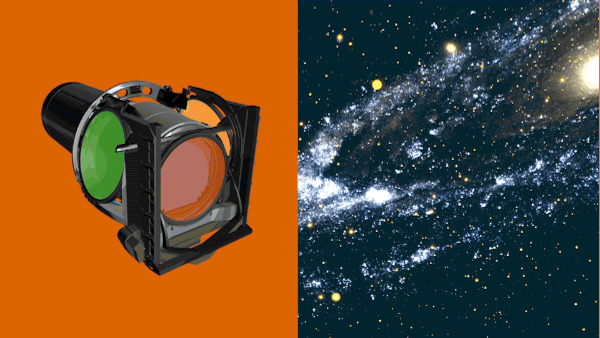3.2 Gigapixel Digital Camera Is A Go
If you aren't impressed with the 23 megapixel camera sensors on some of the highest end smartphones, then this one might just knock you off your feet. Of course, it isn't going to be used on a smartphone, or any small device for that matter. This 3.2 gigapixel camera will be the digital eye of the Large Synoptic Survey Telescope (LSST) on top of the Cerro Pachón mountain in Chile. And it has just received the Department of Energy's thumbs up to start its construction in order to give scientists deeper insight into the mysteries of the universe.
In case you're wondering why the DOE is involved, it is the source of funding for the camera. The telescope itself and supporting systems and infrastructure, on the other hand, is primarily funded by the National Science Foundation. The telescope's purpose is to photograph the visible southern night sky over a span of 10 years, cataloging what would be the largest number of stars and galaxies observed at once, outnumbering even the population of the earth.
The camera itself will be a feat of engineering. The size of a small car, the camera will feature a filter changing apparatus that will allow it to capture different wavelengths of light, from near-ultraviolet to near-infrared. Given the megapixel count, the resolution of images it produces will be so high that it will take 1,500 HD TVs to display a single frame.

With that much data, specialized software will be needed to handle it. Stanford's SLAC National Accelerator Laboratory is taking charge of developing that database, with funding also from the NSF. To give an idea of the amount of data it will handle, which amounts to 6 million gigabytes annually, imagine 800,000 photos taken by a regular 8 megapixel camera every night. For 10 years.
All of these will be in the service of giving us humans a clue about the universe. From the origin of the galaxies to early warning systems of impending asteroids of extinction, to the ominous sounding dark matter and dark energy, the LSST and its 3.6 gigapixel camera will be keeping watch over the night sky and will be providing raw material that will keep scientists busy for years to come.
